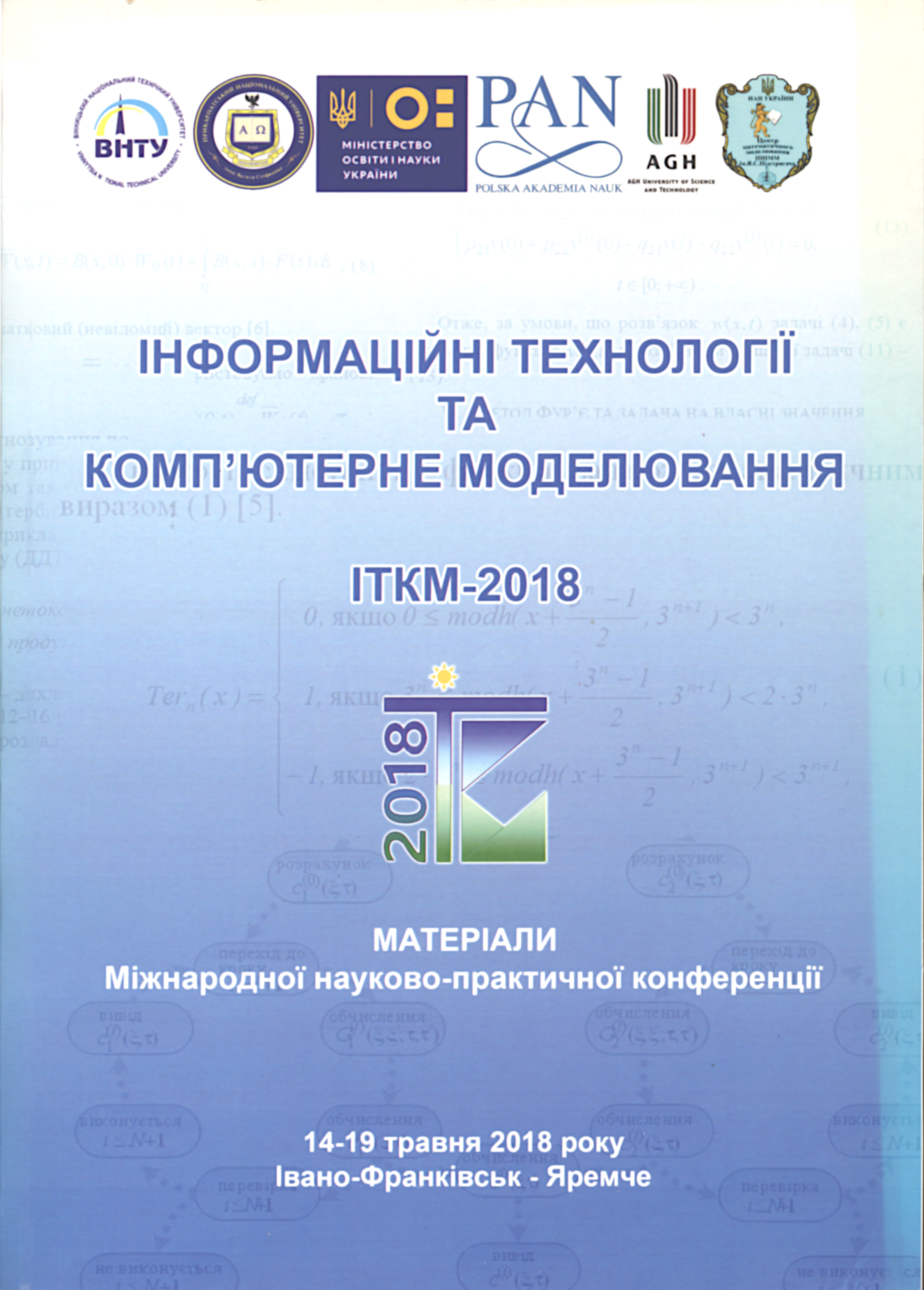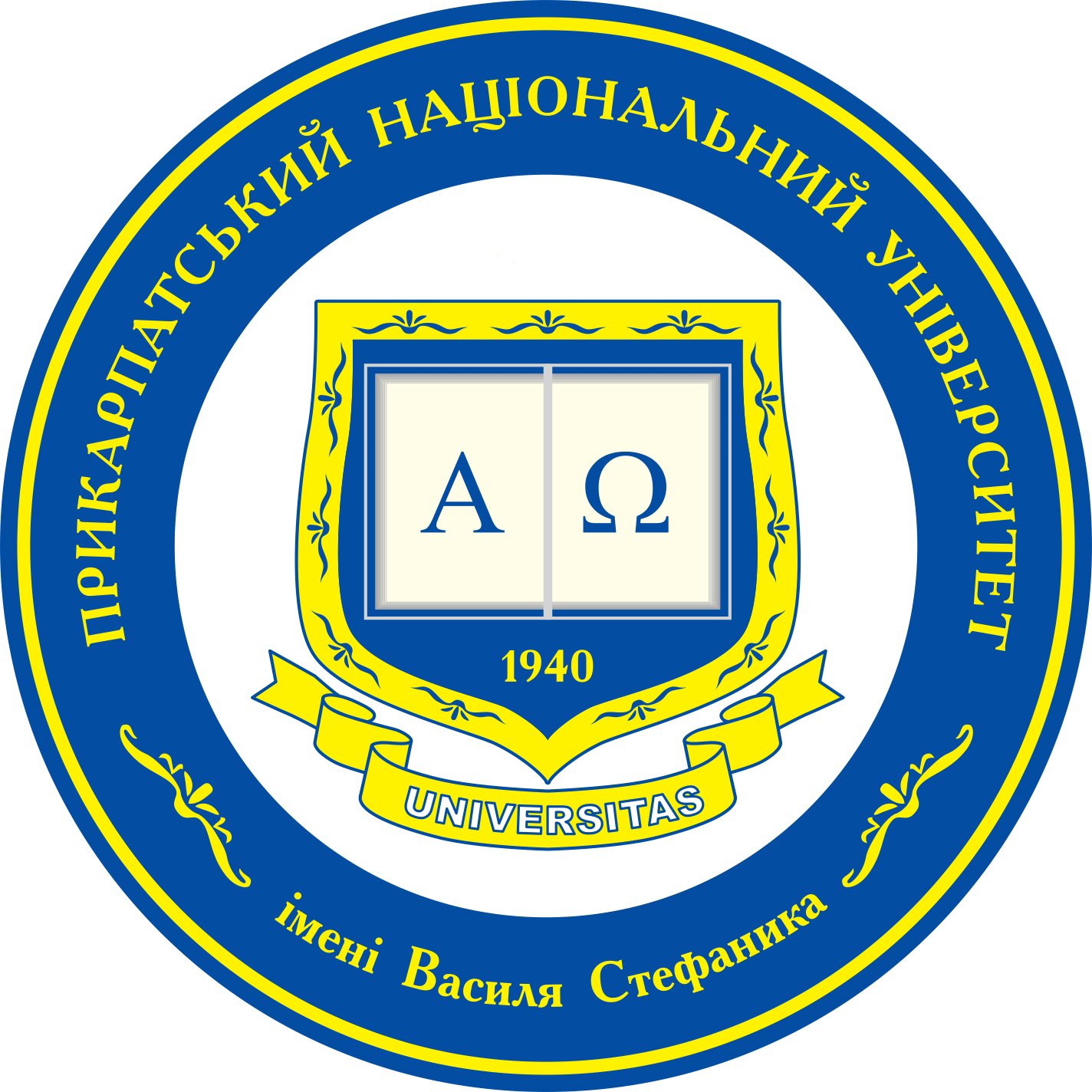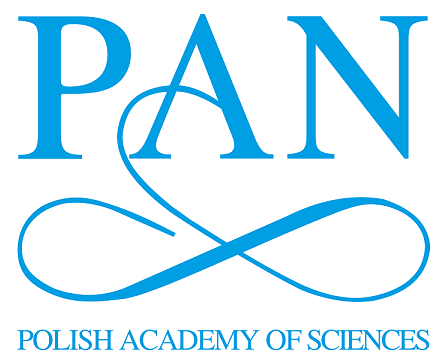Modeling Intuition Based on the Paradigm of Limiting Generalizations
Keywords:
intuitive decision making, cognitive approach, competence formation, intuitive and creative thinking, natural logic, paradigm of limiting generalizationsAbstract
For many people, intuition is a wonderful, mysterious, and near-magical phenomena. What do we refer to when we use this term? Existing educational technologies are aimed at developing the verbal component of thinking on the basis of artificial logical schemes. In doing so, there is little, if any, purposeful development of intuitive image thinking, which is based on natural logic. This is due, first of all, to the lack of adequate mathematical models of the adaptive unconscious, which would reveal the genesis of implicit inherent knowledge. The aim of this work is (1) the construction of a mathematical model of implicit formation of “thin sections” (limiting sense) in discrimination problems (diagnosis, forecasting, management), (2) development of constructive algorithms for artificial intuition, and (3) the development of a methodology for cognitive simulator construction. The authors propose that the work of intuitive image component of an individual, including decision making, be simulated on the basis of natural logic in the framework of a limiting generalization paradigm (LGP). Natural logic leads to the origination of rationality as an adaptive tool, which is not identical to the rules of formal or fuzzy logic or to the rules of probability calculus. The key components of the intuition model are: basic entities of the LGP; a task-inductor space, event space, an "artificial connectom", coherence mechanisms; Thin Slices. The model also suggests ways to develop broad-spectrum cognitive simulators.






